Review of the Day: The Case for Loving by Selina Alko and Sean Qualls
 The Case for Loving: The Fight for Interracial Marriage
The Case for Loving: The Fight for Interracial Marriage
By Selina Alko
Illustrated by Sean Qualls
Arthur A. Levine Books (an imprint of Scholastic)
$18.99
ISBN: 978-0545478533
Ages 4-7
On shelves now.
When the Supreme Court ruled on June 26, 2015 that same-sex couples could marry in all fifty states, I found myself, like many parents of young children, in the position of trying to explain the ramifications to my offspring. Newly turned four, my daughter needed a bit of context. After all, as far as she was concerned gay people had always had the right to marry so what exactly was the big deal here? In times of change, my back up tends to be children’s books that discuss similar, but not identical, situations. And what book do I own that covers a court case involving the legality of people marrying? Why, none other than The Case for Loving: The Fight for Interracial Marriage by creative couple Selina Alko and Sean Qualls. It’s almost too perfect that the book has come out the same year as this momentous court decision. Discussing the legal process, as well as the prejudices of the time, the book offers to parents like myself not just a window to the past, but a way of discussing present and future court cases that involve the personal lives of everyday people. Really, when you take all that into consideration, the fact that the book is also an amazing testament to the power of love itself . . . well, that’s just the icing on the cake.
ADVERTISEMENT
ADVERTISEMENT
In 1958 Richard Loving, a white man, fell in love with Mildred Jeter, a black/Native American woman. Residents of Virginia, they could not marry in their home state so they did so in Washington D.C. instead. Then they turned right around and went home to Virginia. Not long after they were interrupted in the night by a police invasion. They were charged with “unlawful cohabitation” and were told in no uncertain terms that if they were going to continue living together then they needed to leave Virginia. They did, but they also hired lawyers to plead their case. By 1967 the Lovings made it all the way to The Supreme Court where their lawyers read a prepared statement from Richard. It said, “Tell the court I love my wife, and it is just unfair that I can’t live with her in Virginia.” In a unanimous ruling, the laws restricting such marriages were struck down. The couple returned to Virginia, found a new house, and lived “happily (and legally) ever after.” An Author’s Note about her marriage to Sean Qualls (she is white and he is black) as well as a note about the art, Sources, and Suggestions for Further Reading appear at the end of the book.
 “How do you sue someone?” Here’s a challenge. Explain the concept of suing the government to a four-year-old brain. To do so, you may have to explain a lot of connected concepts along the way. What is a lawyer? And a court? And, for that matter, why are the laws (and cops) sometimes wrong? So when I pick up a book like The Case for Loving as a parent, I’m desperately hoping on some level that the authors have figured out how to break down these complex questions into something small children can understand and possibly even accept. In the case of this book, the legal process is explained as simply as possible. “They wanted to return to Virginia for good, so they hired lawyers to help fight for what was right.” And then later, “It was time to take the Loving case all the way to The Supreme Court.” Now the book doesn’t explain what The Supreme Court was necessarily, and that’s where the art comes in. Much of the heavy lifting is done by the illustrations, which show the judges sitting in a row, allowing parents like myself the chance to explain their role. Here you will not find a deep explanation of the legal process, but at least it shows a process and allows you to fill in the gaps for the young and curious.
“How do you sue someone?” Here’s a challenge. Explain the concept of suing the government to a four-year-old brain. To do so, you may have to explain a lot of connected concepts along the way. What is a lawyer? And a court? And, for that matter, why are the laws (and cops) sometimes wrong? So when I pick up a book like The Case for Loving as a parent, I’m desperately hoping on some level that the authors have figured out how to break down these complex questions into something small children can understand and possibly even accept. In the case of this book, the legal process is explained as simply as possible. “They wanted to return to Virginia for good, so they hired lawyers to help fight for what was right.” And then later, “It was time to take the Loving case all the way to The Supreme Court.” Now the book doesn’t explain what The Supreme Court was necessarily, and that’s where the art comes in. Much of the heavy lifting is done by the illustrations, which show the judges sitting in a row, allowing parents like myself the chance to explain their role. Here you will not find a deep explanation of the legal process, but at least it shows a process and allows you to fill in the gaps for the young and curious.
It was very interesting to me to see how Alko and Qualls handled the art in this book. I’ve often noticed that editors like to choose Sean as an artist when they want an illustrator that can offset some of the darker aspects of a work. For example, take Margarita Engle’s magnificently sordid Pura Belpre Medal winner The Poet Slave of Cuba. A tale of torture, gore, and hope, Qualls’ art managed to represent the darkness with a lighter touch, while never taking away from the important story at hand. In The Case for Loving he has scaled the story down a bit and given it a simpler edge. His characters are a bit broader and more cartoonlike than those in, say, Dizzy. This is due in part to Alko’s contributions. As they say in their “About the Art” section at the back of the book, Alko’s art is all about bold colors and Sean’s is about subtle layers of color and texture. Together, they alleviate the tension in different scenes. Moments that could be particularly frightening, as when the police burst into the Lovings’ bedroom to arrest them, are cast instead as simply dramatic. I noticed too that characters were much smaller in this book than they tend to be in Sean’s others. It was interesting to note the moments when that illustrators made the faces of Richard and Virginia large. The page early in the book where Richard and Mildred look at one another over the book’s gutter pairs well with the page later in the book where their faces appear on posters behind bars against the words “Unlawful Cohabitation”. But aside from those two double spreads the family is small, often seen just outside their different respective homes. It seemed to be important to Qualls and Alko to show them as a family unit as often as possible.
 Few books are perfect, and Loving has its off-kilter moments from time to time. For example, it describes darker skin tones in terms of food. That’s not a crime, of course, but you rarely hear white skin described as “white as aged cheese” or “the color of creamy mayonnaise” so why is dark colored skin always edible? In this book Mildred is “a creamy caramel” and she lives where people ranged from “the color of chamomile tea” to darker shades. A side issue has arisen concerning Mildred’s identification as Native American and whether or not the original case made more of her African-American roots because it would build a stronger case in court. This is a far bigger issue than a picture book could hope to encompass, though I would be interested in a middle grade or young adult nonfiction book on the topic that went into the subject in a little more depth.
Few books are perfect, and Loving has its off-kilter moments from time to time. For example, it describes darker skin tones in terms of food. That’s not a crime, of course, but you rarely hear white skin described as “white as aged cheese” or “the color of creamy mayonnaise” so why is dark colored skin always edible? In this book Mildred is “a creamy caramel” and she lives where people ranged from “the color of chamomile tea” to darker shades. A side issue has arisen concerning Mildred’s identification as Native American and whether or not the original case made more of her African-American roots because it would build a stronger case in court. This is a far bigger issue than a picture book could hope to encompass, though I would be interested in a middle grade or young adult nonfiction book on the topic that went into the subject in a little more depth.
Recently I read my kid another nonfiction picture book chronicling injustice called Drum Dream Girl by the aforementioned Margarita Engle. In that book a young girl isn’t allowed to drum because of her gender. My daughter was absolutely flabbergasted by the notion. When I read her The Case for Loving she was similarly baffled. And when, someday, someone writes a book about the landmark decision made by The Supreme Court to allow gay couples to wed, so too will some future child be just as floored by what seems completely normal to them. Until then, this is certainly a book written and published at just the right time. Informative and heartfelt all at once, it works beyond the immediate need. Context is not an easy thing to come by when we discuss complex subjects with our kids. It takes a book like this to give us the words we so desperately need. Many thanks then for that.
On shelves now.
Source: Galley sent from publisher for review.
Like This? Then Try:
- Separate is Never Equal by Duncan Tonatiuh
- The Girl From the Tar Paper School by Teri Kanefield
- Sit-In: How Four Friends Stood Up by Sitting Down by Andrea Davis Pinkney
Misc: Don’t forget to check out this incident that occurred involving this book and W. Kamau Bell’s treatment at Berkeley’s Elmwood Café.
Filed under: Best Books, Best Books of 2015, Reviews, Reviews 2015
About Betsy Bird
Betsy Bird is currently the Collection Development Manager of the Evanston Public Library system and a former Materials Specialist for New York Public Library. She has served on Newbery, written for Horn Book, and has done other lovely little things that she'd love to tell you about but that she's sure you'd find more interesting to hear of in person. Her opinions are her own and do not reflect those of EPL, SLJ, or any of the other acronyms you might be able to name. Follow her on Twitter: @fuseeight.
ADVERTISEMENT
ADVERTISEMENT
SLJ Blog Network
Tegan and Sara: Crush | Review
The Seven Bills That Will Safeguard the Future of School Librarianship
Take Five: Dogs in Middle Grade Novels
Gayle Forman Visits The Yarn!
ADVERTISEMENT



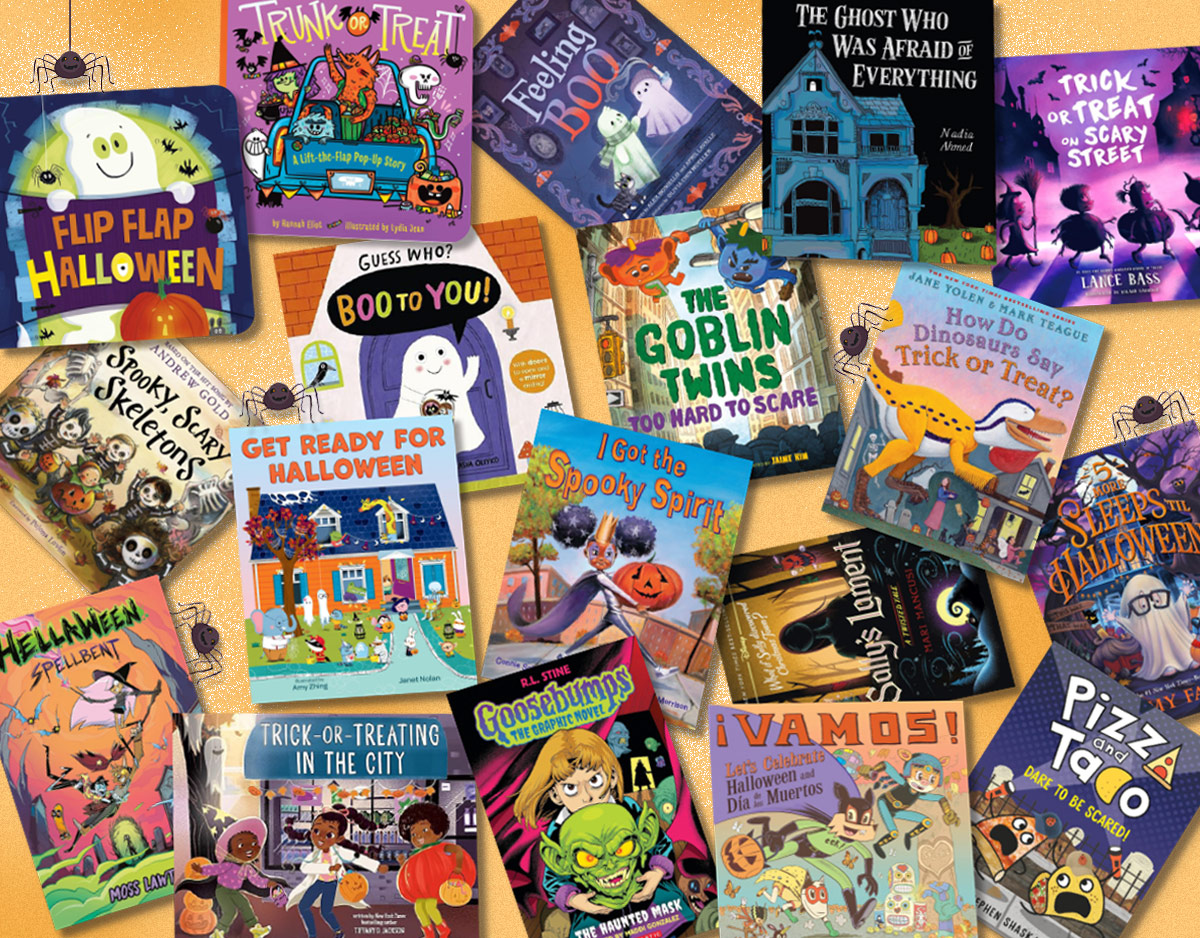
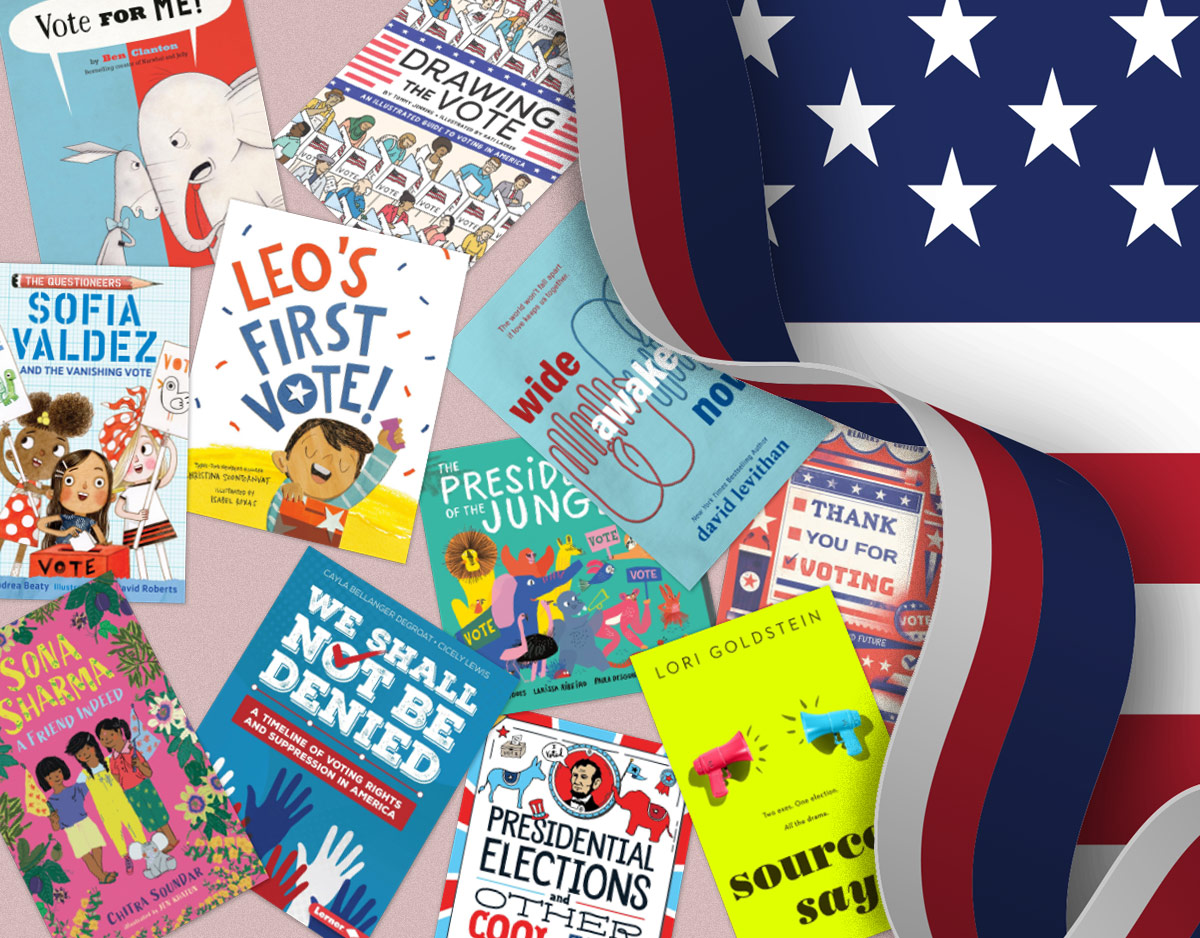
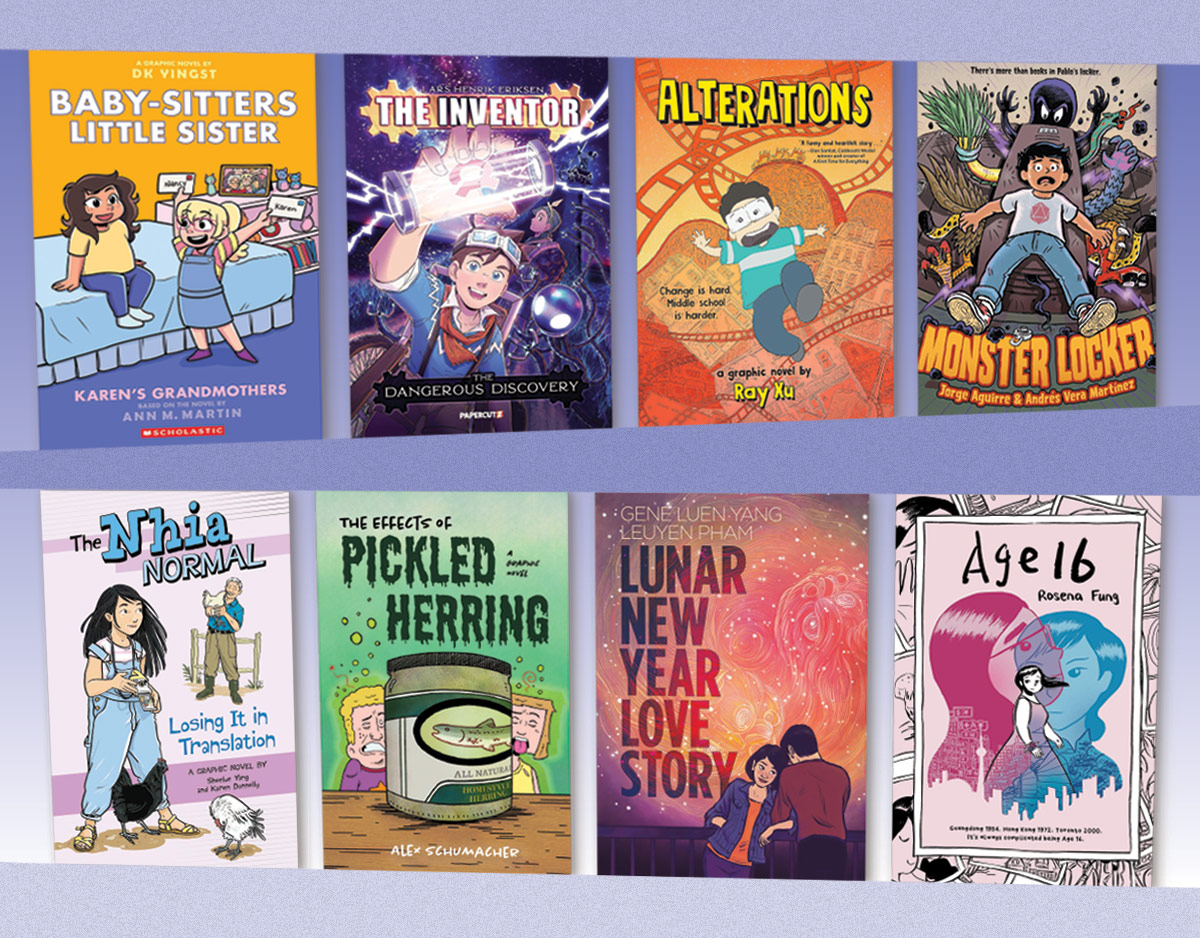
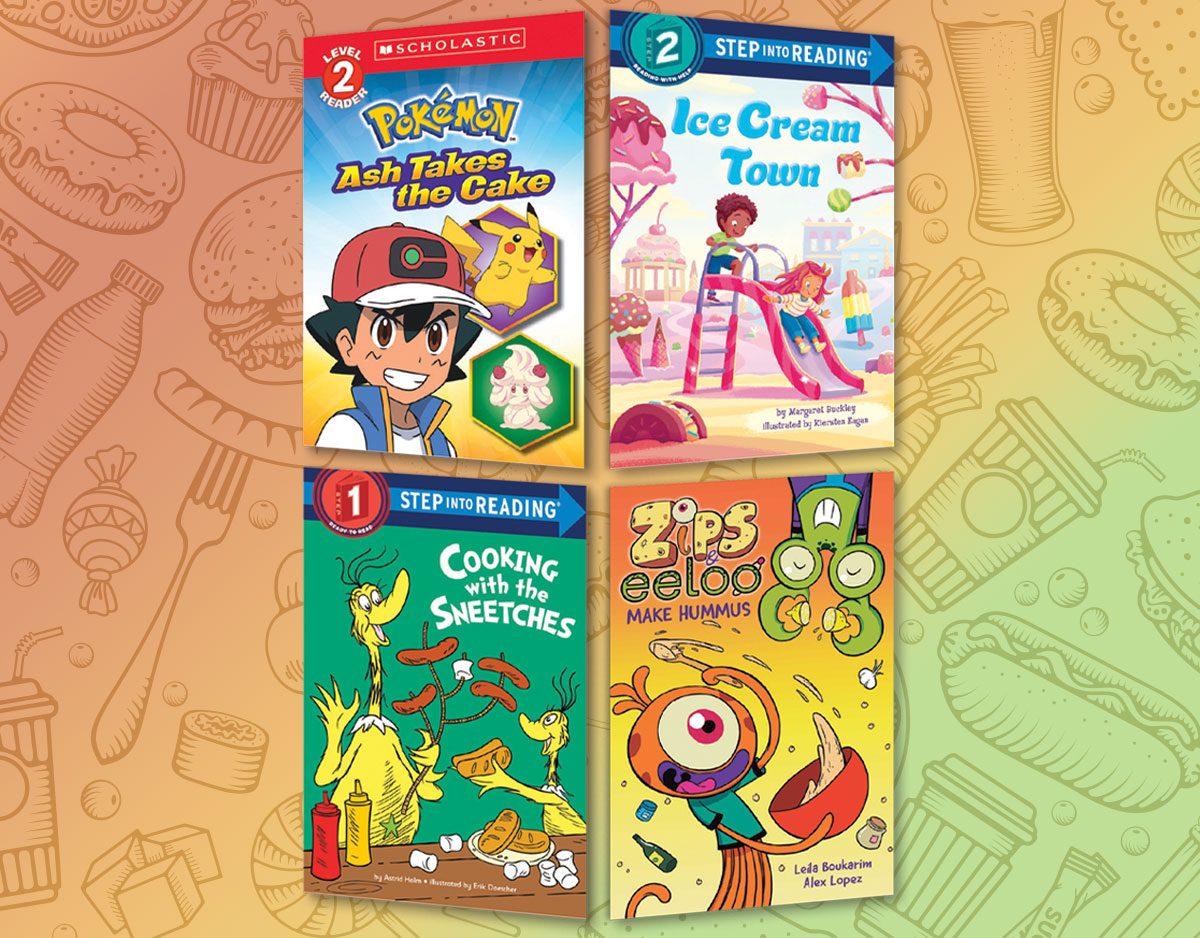
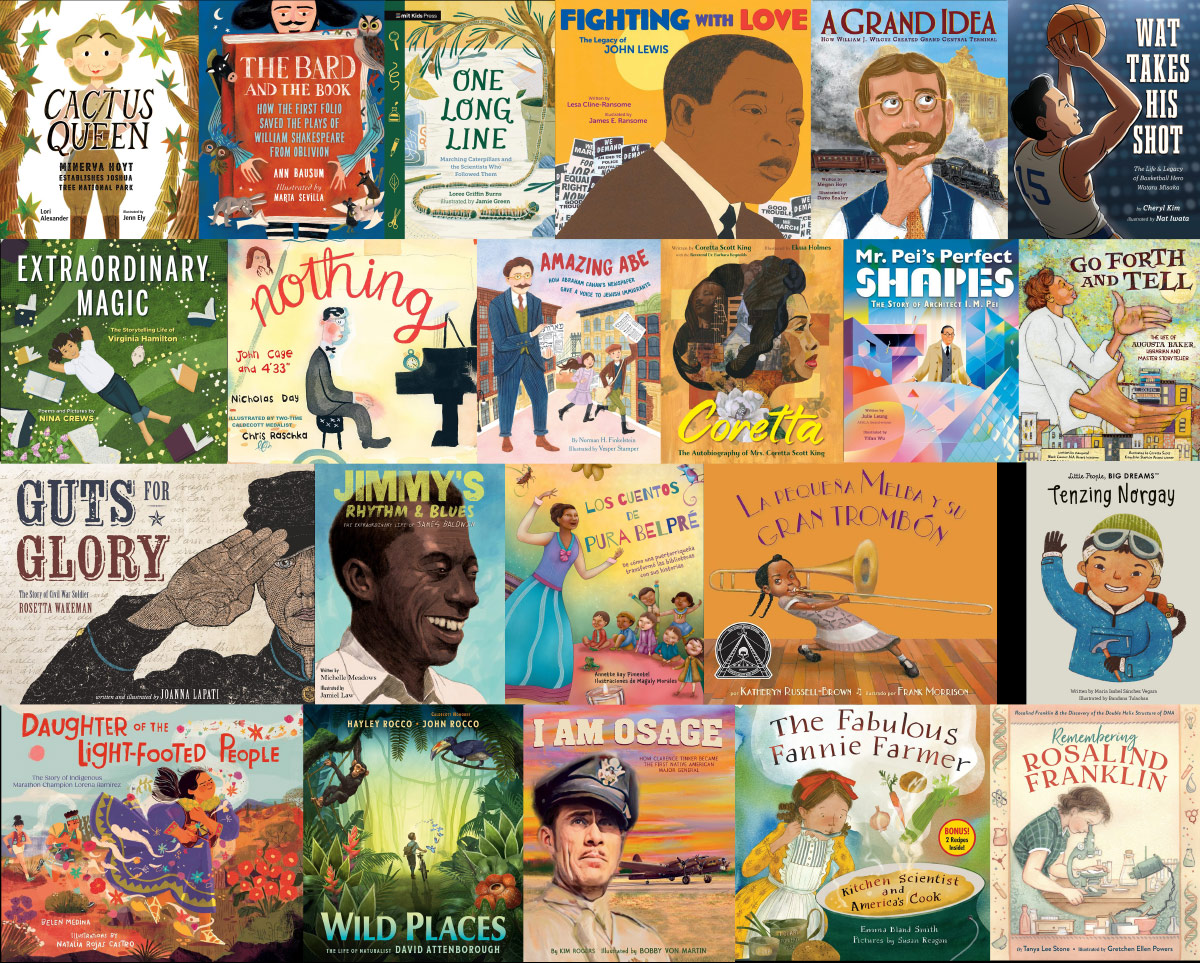
Oh dear, Betsy. How a person chooses to identify who they are is not a “side issue.” Yes, it is a very complicated discussion for a picture book to take on, but at the very least, the book should not say she was part Cherokee, thereby giving incorrect information to the millions of young children, parents, librarians, and teachers who will read this book.
For those interested in knowing more about Jeter’s identity, please visit my post about it:
http://americanindiansinchildrensliterature.blogspot.com/2015/03/the-case-for-loving-by-selina-alko-and.html
Posting again, Betsy, because I think you are–inadvertently–doing that thing where Native concerns are dismissed because the larger message of a book is more important. Doing that, in effect, further marginalizes an already marginalized population.
Your post is especially troubling in light of conversations going on right now about Native identity–Cherokee identity, in particular. The conversation was prompted by an article in the Daily Beast about Andrea Smith’s claims to Cherokee identity. Smith has been a key figure in Native and Women’s studies for a long time. Day in and day out, the Cherokee people are misused and misrepresented. Jeter didn’t do that, and it is wrong to let someone misrepresent her, in 2015.
Identity matters.
So I wrote a pretty standard Facebook/blog response to these comments. Then I sat down and thought about the issue a little more. I looked at what I’d written and didn’t care for it. There was more than a whiff of uninformed children’s librarianship about it, so I went back to the drawing board and reread your post.
What we’re talking about here is identity. Identity matters and this is a hot topic not just in the field of race but in gender identity as well. And perhaps I’m not the best person to speak to the subject of race identity. If someone is multiracial but embraces only one race as their identity, is it incorrect then to mention the parts of their identity that they do not ascribe to in their personal life? But by even saying that, I’m assuming that Ms. Jeter did have African-American ancestry. If she says she didn’t then what right have I to counter her? I do wonder what Ms. Jeter said about how she was presented to the media and the courts. Clearly that’s what this all boils down to on some level. At the very least, the issue is complicated.
The main objection here is that Alko calls Ms. Jeter “part African-American, part Cherokee”. This is considered inaccurate (and here I’m going to need to be corrected if I read your post wrong) because Jeter said in an interview with author Arica L. Coleman “I am not Black. I have no Black ancestry. I am Indian-Rappahannock.” In your piece you write, “I suspect Jeter’s family would object to what Alko said” about her being part African-American. That is speculation, and it would be just as easy to say that they would think the importance of the case carries equal weight. I mean, it could be true, but we don’t know.
I am not immune to speculation too, though. Let’s get back to the book itself. It’s about how two people participated in a court case that changed the face of interracial marriages. It contains a statement about the race of one of the people that goes against a statement made by the person in a 2013 book. Here’s where my own guessing game begins. Picture books take years to be published. The text of this was probably finished prior or during 2013. Therefore Alko potentially would not have had access to this information prior to the publication of this book. That’s one reason this information was presented in the way that it was (unless there is another earlier text with the same information, of course). Historically she was presented as African-American to bolster the case. That is how it is presented in the book. So do we scrap the book because the initial research didn’t have all the facts? I don’t think so. I think there is worth to this story above and beyond this arguable problem. But I also understand your concerns about this being sidelined. Identity is nothing to pass off casually, and that’s certainly how it appears in the review. I think that in our current political climate, we can both discuss this issue and also take the parts of the book that serve our needs as parents and educators. The most important thing is for us to have conversations like this all the while. For that matter, it would make for a very interesting discussion with older child readers about race, identity, and how political needs can trump those of the individual, even while seeking to serve them in the end.
Long story short, I will continue to say that it’s a great book. But there are concerns at work that we should talk about with our kids and with one another.
Good morning, Betsy, and thank you for what you’ve said in your response.
Here’s what uploaded at my site this morning in a post titled “Claiming, Misrepresenting, and Ignorance of Cherokee Identity.” In my next comment, I’ll respond to some points you raised (above) that are not addressed in my blog post.
Some books that we give to young children carry enormous weight. The Case for Loving: The Fight for Interracial Marriage is one example. It is about the Supreme Court’s decision in 1967, in which they ruled that people could marry whomever they loved, regardless of race.
Richard Loving was white. The woman he loved…. is misrepresented in The Case for Loving. The author, Selina Alko, echoed misrepresentations of who Jeter was when she wrote that Jeter was “part Cherokee.”
Jeter didn’t say that she was part Cherokee.
Indeed, her marriage license says “Indian” and when she elaborated elsewhere, she said Rappahannock. I wrote about this at length back in March of 2015.
Yesterday morning (July 2, 2015), I read Betsy Bird’s review of Alko’s book. This part brought me up short:
A side issue has arisen concerning Mildred’s identification as Native American and whether or not the original case made more of her African-American roots because it would build a stronger case in court. This is a far bigger issue than a picture book could hope to encompass, though I would be interested in a middle grade or young adult nonfiction book on the topic that went into the subject in a little more depth.
Actually, saying that it “brought me up short” doesn’t adequately describe what I felt.
First, I knew that Betsy was referencing my post. I took her use of “side issue” as being dismissive of me, and by extension, Arica Coleman (who I cite extensively), and by further extension, Native people who speak up about how we are represented–and misrepresented–in society, and in children’s books. On one hand, I felt angry at Betsy. As a teacher, though, I understand that we’re all on a continuum of knowing about subjects that are outside our particular realm of expertise.
Representation, and misrepresentation, of Native identity is important.
Because so many make that (fraudulent) claim, it strikes me as a significant wrong to see, in The Case of Loving, words that say Jeter was Cherokee when she did not say she was. It unwittingly casts her over in that land in which people claim an identity that is not really theirs to claim.
Here’s another reason that Betsy’s review (posted on July 2, 2015) bothered me. I read it within a specific moment in my work as a Native woman and scholar who is part of a Native community of scholars.
On July 30, 2015 (two days before Betsy’s review was posted), The Daily Beast ran a story about Andrea Smith, a key figure to many academics and activist who are committed to social justice, especially for women, and in particular, women of color. The focus of the article is Andrea Smith’s identity. For years, she claimed to be Cherokee. She said she was Cherokee. But, she wasn’t. She is amongst the millions of people who think that they have Cherokee ancestry. Some do, some don’t.
I met Andy several years ago (most people know her as Andy). At the time, she said she was Cherokee. I had no reason not to believe her. I don’t remember when I first heard that she might not be Cherokee, but I did learn (not sure when) that she had been asked by the Cherokee Nation to stop claiming that she is Cherokee. I don’t know what she personally did after that, and she has not said anything (to my knowledge) since the story appeared in The Daily Beast.
Things being said about Andy, about being Cherokee, and about claims to being Cherokee, reminded me of David Arnold’s Mosquitoland. There’s so much ignorance about being Cherokee! That ignorance was front and center in Arnold’s book. I’m deeply appreciative that he responded to my questions about it, and that he is talking with others about it, too. Those conversations are so important!
I view Andy’s failure to address her claim to Cherokee identity as a dismissal of the sovereignty of the Cherokee Nation. It is a dismissal of their nationhood and their right to determine who their citizens are. Andy knows what the stakes are for Native Nations, and for our sovereignty. She knows what she is doing.
Jeter was adamant about who she was. My guess is that she knew what the stakes were, for her personally, and for the Rappahannock who, as of this writing, are not yet federally recognized as a Native Nation.
Betsy doesn’t have the knowledge that Andy has. Few people do. Betsy is listening, though, as evidenced by her response to me this morning (see her comment on July 3). I am grateful to her for that response. She has far more readers than I do, and our conversation there will increase what people know, overall.
In that response, Betsy notes that Alko probably didn’t have the sources necessary to get it right. Let’s say ok to that suggestion, but, let’s also expect that the next printing of the book will get that part right, and let’s hope that editors in other publishing houses are talking to each other about this particular book and that they won’t be releasing books with that error.
That error may not matter to a non-Native child or her parents, but it matters to a Cherokee child and her parents. It matters to a Rappahannock child and her parents. It should matter to all of us, and it will (I say with optimism and perhaps naively, too), because we’re having these conversations.
By having them, I hope (again, optimistically and perhaps, naively), that we’ll move to a point in time when the majority of the American population will understands what it means to claim a Cherokee (or Native) identity, and a population that ceases to misrepresent Cherokee culture and history. In short, we’ll have a population that is no longer ignorant about Cherokee people specifically, and Native people, broadly speaking. Children’s books are part of getting us there. They carry a lot of weight.
For now, I’ll hit upload on this post, post the link in a comment to Betsy’s review, and respond (there) to other things Betsy said. I hope you’ll follow along there.
The other thing I wanted to comment on, Betsy, is the part about choosing a Native identity when ones identity is a combination of more than one.
For many reasons–including government boarding schools–Native people from a range of nations were in school together. Some fell in love and got married. Such was the case with me. My parents are from two different pueblos (Nambe, and, Ohkay Owingeh). If we look at biology, we’d say that I am a mix of two different groups. Which one am I? In my case, my mom went to Nambe, was subsequently listed on our tribal census, and as each one of us were born (I have 4 younger sibs), our names were added to the tribal census at Nambe. I say that I am tribally enrolled at Nambe. I’m not tribally enrolled at Ohkay Owingeh. I have lots and lots of cousins there, and I go there, but the nation I an enrolled with is Nambe.
My family lineage is not just Pueblo, though. Let’s say I took after (in appearance), my paternal grandfather. He was white, from Texas. If I looked like him, someone might look at me and speculate that I am racist against white people and in denial of my white American heritage. My answer? When I was a kid, I knew to say or write Nambe when asked to at school. I was proud of that identity as a cultural piece of who I was. As I grew older, I knew that my name on that tribal census meant more than just the cultural aspects of what it means to be raised there. It has a political aspect, too, that has to do with our status as a federally recognized sovereign nation. For a very long time, the Rappahannock’s have been trying to become one of the federally recognized tribal nations. My speculation about Jeter and her firm assertion that she was Rappahannock is rooted in my own experience. It doesn’t matter what you look like, or how mixed you might be in terms of biology. What you’re raised as, and your citizenship in that nation, is what matters culturally, but politically, too.
I think the Rappahannock may be on the cusp of being recognized. Just yesterday, news broke that another Virginia tribe, the Pamunkey, gained that status. Here’s one news story about it: http://indiancountrytodaymedianetwork.com/2015/07/02/doi-issues-determination-pamunkey-becomes-no-567-first-federally-recognized-tribe-va
All that said, I will also note that Native peoples can be racist towards African Americans. Here’s a quote from the Washington Post story on Pamunkey recognition: “Members of Congress, including five Democratic congresswomen and members of the Congressional Black Caucus, had also opposed the Pamunkey bid, claiming that the tribe once had rules that discriminated based on race and gender. The tribe said it abandoned those practices long ago.” Arica Coleman discusses this in her book (cited in my initial post), THAT THE BLOOD STAY PURE.
Should any of this be in THE CASE FOR LOVING is a judgement call. I think some kids/families wouldn’t have trouble with it at all, and others would. I agree that we need more books about the Loving case, and as we’ve both said, we need a lot of conversations about all of this. There’s a lot to know.